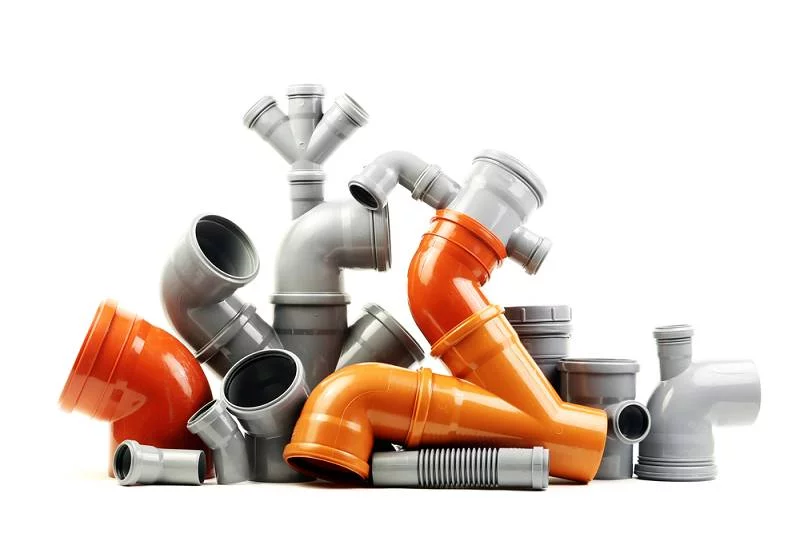Much is desired of the standard sewer pipe usually found in recreational vehicles. These RV sewer pipes are often thin and very flexible. Besides, they are usually reinforced using wires which are always just suitable for use in short-term settings.
In fact, these lines will really disappoint you when they break down faster than you expected; and especially during harsh weather conditions like winter. But who really has the money to keep replacing these lines every season? You probably haven’t reached that financial status.
This is what calls for the need to hard pipe RV sewer lines to make them more durable. All you need are simple tools, PVC pipes and some flexible connectors made of rubber. And with little effort, you will have made an RV sewer pipe that can withstand even the harshest of weather conditions.

Tools that you will need
Of course, just like in the installation of an RV sewer hose, there are a good number of tools that will be involved in the process of hard piping RV sewer. These tools are readily available so there is absolutely no reason why you shouldn’t have them.
They include:
- 1Saw
- 2Utility knife
- 3Tape measure
- 4Two flexible 3” connectors
- 5PVC pipe of 3” in diameter
- 690-degree sewer fitting adapter
- 745-degree adapter and RV drain

Via Amazon.com
Steps involved in the process of hard piping RV sewer
Step 1
Firstly, ensure that both the RV’s drain valves are closed. Thereafter, you have to twist off the termination cap of the drain.
Step 2
Use the tape measure to take measurements of the distance from the sewer’s inlet to the drain outlet of the RV. Once you have accurately taken the measurements, transfer it to the PVC pipe of three inches in diameter. Cut this pipe according to the measured length using a saw.
There could be burrs at the two cut ends; this is where you have to use the utility knife to remove them.
Step 3
Take the three-inch flexible connector and have it slipped onto the side of the hose with a 45-degree of the RV’s drain outlet adapter. You can, thereafter, have the adapter twisted onto the drain outlet of the recreational vehicle.
Once that is done, the PVC pipe that had been cut to length has to be slipped into the flexible connector’s other side. Use the screwdriver to tighten the clamps found on the connector.
Step 4
You can either insert or screw the 90-degree sewer-fitting adapter through the sewer’s inlet. Make sure the PVC pipe is properly positioned alongside the sewer fitting to ascertain that the length is truly matching. If there is some mismatch, have the pipe trimmed further.
After making sure that the lengths are the same, slip the 3-inch flexible connector on the open side of the PVC pipe. The remaining flexible connector’s side is then slipped onto the 90-degree sewer fitting adapter then have the clamps tightened.
Step 5
The drain valve for the recreational grey water is then opened. You should then turn the water on through any of the faucets within the RV. Carefully check the PVC drain pipe to ascertain that there are no leaks. In any case, there are, the flexible connectors’ clamps should be tightened. And that is all you need to do! How easy is it?
Wrapping Up
More often than not, you will find yourself RV camping in remote areas. You will have to endure the harsh environments and weather just to get to a place where you can relax away from the ever-busy city life. Unfortunately, most of the RV sewer hoses aren’t designed to withstand such unfavorable environments.
This is why it is extremely important that you know how to hard pipe RV sewer so that it is able to serve you for as long as you will be in the wilderness without experiencing any breakdowns. The process is as simple as you have seen above, therefore, there is no reason whatsoever as to why you should be having problems with your sewer lines.
Are you considering hard piping your sewer lines after going through this article? We hope you do as this will help you a great deal. We hope to hear from you soon.
